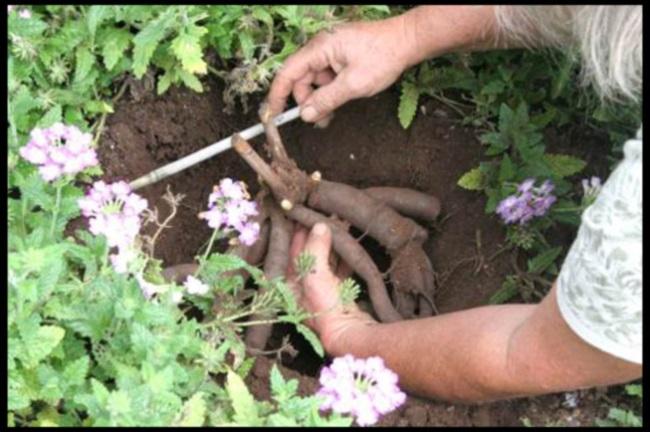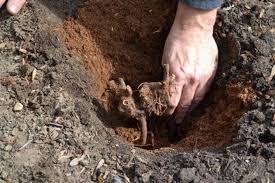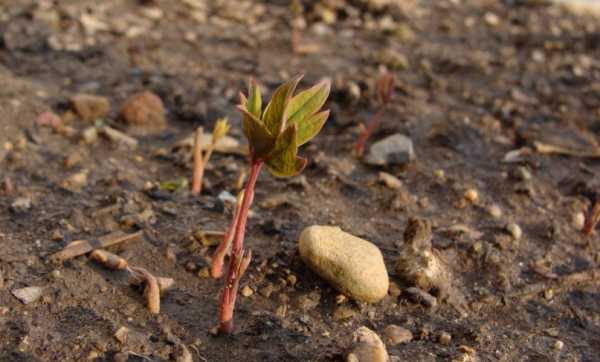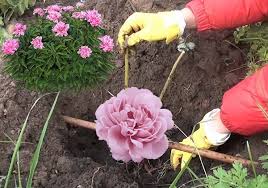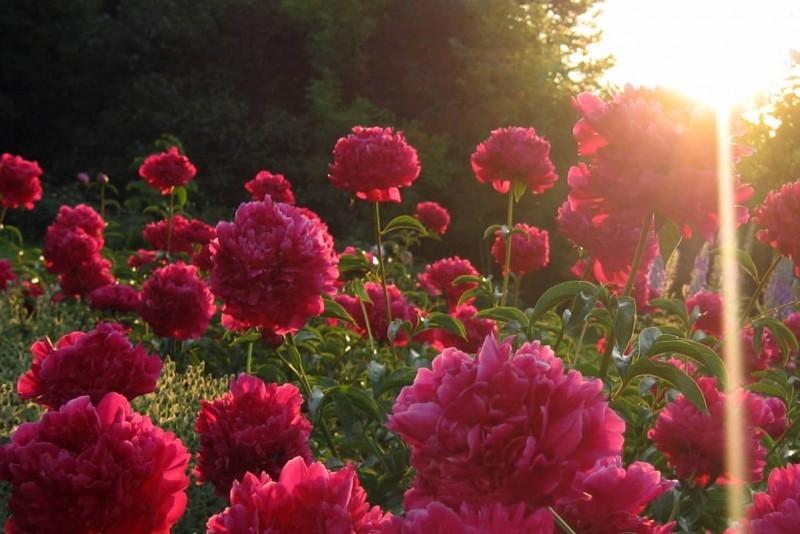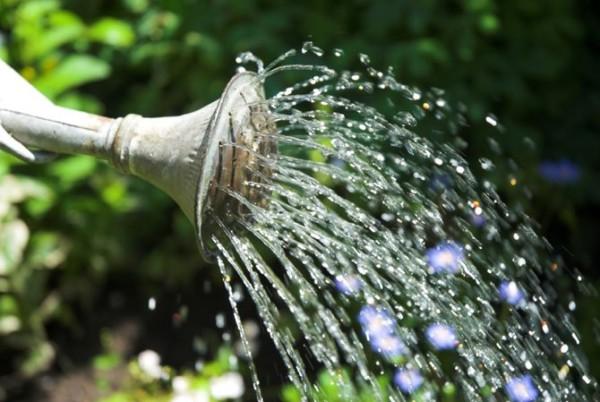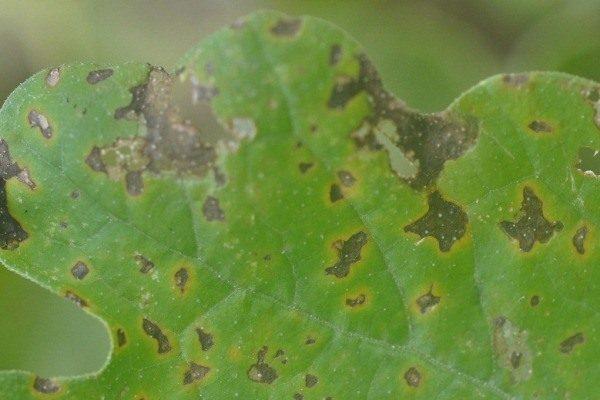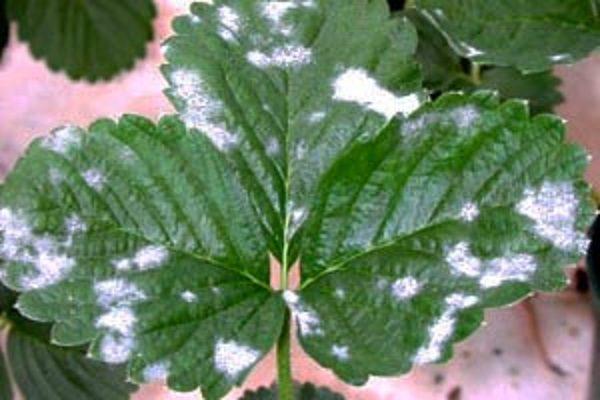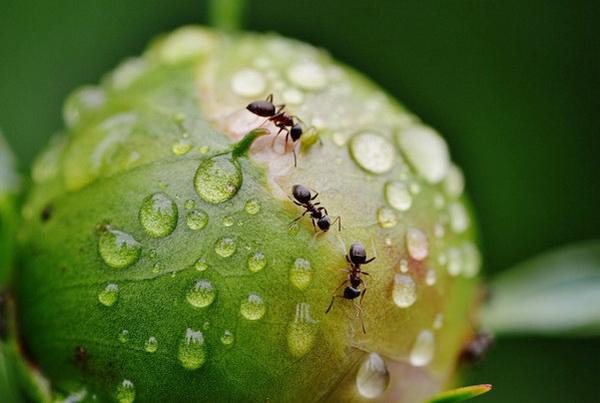Peonies are one of the most popular garden flowers, rivaling roses in their beauty. They belong to the Peony family, and there are only about 40 species. They can be shrubby or herbaceous. Gardeners consider them unpretentious, but peonies still need periodic replanting.
- Why is a transplant needed?
- Optimal timing
- Spring
- August
- Autumn
- How to dig
- Preparing the plant for transplantation
- How to divide a bush
- Preparing the soil in a new place
- Selecting a location
- Soil requirements
- Scheme of transfer to another place
- Pit preparation
- Top dressing
- Top soil layer
- Landing
- Further care at the dacha
- Watering
- Loosening
- Garter
- Diseases and pests
- Gray rot
- Powdery mildew
- Mosaic of foliage
- Ants
- Bronzovka
- Aphid
Why is a transplant needed?
Peonies are considered long-lived. Sometimes it turns out that even non-transplanted bushes can live and bloom for decades. But this happens in rare cases. Most often, after 5-7 years, peonies begin to bloom worse and smaller, becoming smaller with each season. This happens because the root collar ages, hollows form inside, and goosebumps, slugs and worms happily settle in them. And this clearly does not contribute to the development of the plant.
Every year the buds are laid deeper and deeper, as a result the growing season passes more slowly. Peonies bloom less or stop blooming altogether. To avoid this, it is necessary to transplant the bushes to a new location in time.
Optimal timing
Not all gardeners know when it is best to replant peonies, and they make a common mistake.
Spring
Many gardeners consider spring the most suitable time for replanting. But in reality, everything is completely different. It is not advisable to replant peonies in spring. The root system of the bush has suction roots, which are damaged or even broken off when transplanted in the spring.
With such a transplant, the plant will take a long time to adapt; the first flowering may occur only after 2 years, and the bush may even die. Therefore, spring is still not the best time of year to transplant peonies. An exception to the rule can only be young plants that are no more than 2 years old. They tolerate spring transplantation more easily. But this is done in case of emergency.
August
Experienced gardeners replant their peony bushes at the end of the last summer month. The explanation is simple: by the end of summer, the suction roots of peonies die off, and the bushes can be divided and planted in a new place without harming them.
Autumn
Autumn, or rather September, is also a good time to replant peony crops. This procedure can be done throughout the month.
How to dig
Peony bushes are dug up at a distance of 30 cm from the base of the bush. Next, using a fork, the soil is loosened and the bush and the lump are carefully removed to the surface of the earth. This will not be so easy to do, because the root system of peonies is quite massive and grows about a meter deep.
Preparing the plant for transplantation
The rhizome of the flower is washed under running water, making the pressure not very strong. Next, the top part of the bush is trimmed, this is done almost to the very root. Now the plant is left outside in the shade for 5-6 hours. This is necessary for the root to dry and wilt a little, this will make it not so fragile. After this, the old roots are cut off, leaving a length of no more than 15 cm. The cut is made at an angle of 45 degrees.
How to divide a bush
The next stage is dividing the bush. If the bush is old, then it will be most convenient to divide it by driving a wedge into the rhizome with a hammer. This way you can divide it into several parts. Often, voids or rotten areas form in the middle of old roots. They must be cut out and the cut areas treated with a concentrated solution of manganese, and then with a fungicide.
When dividing the root, you need to take into account that on each separated part there should be a root collar, about 3 eyes and roots. Divide the root into approximately equal parts. You should not make too large pieces, they will hurt after transplantation. And there should not be too small pieces; such divisions do not always take root, often dying.
Preparing the soil in a new place
In order for the peony to grow and develop well in a new area, you need to choose the right place and prepare the soil.
Selecting a location
Peonies love sunny areas. They easily tolerate semi-shaded places, but flowering there will not be as active.
You should not replant peonies in places with drafts, where they will develop worse and quickly fade.
Gardeners also do not recommend placing bushes close to the house or other buildings. Their walls will give off heat, and this will cause overheating of the root system. The distance between walls and plants should be at least 2 m.
Soil requirements
Peonies are not planted in swampy and damp areas. Flowers do not tolerate strong soil moisture, so if groundwater is located at a distance of less than 1 m, the bushes are planted on hills.
If you ignore this condition, the rhizomes of the bushes will begin to rot and die.
For the Peony family, loamy soils with an acidity of 6-6.6 pH are suitable. Peat, river sand and humus must be added to heavy clay soils. Clay and humus are added to sandy soil. And sand, organic fertilizers and wood ash are mixed into peat soils.
Scheme of transfer to another place
The transplant should be planned and not done spontaneously, because it requires certain preparation.
Pit preparation
7 days before the planned transplant, the pits are prepared. It is dug in the form of a square, all sides and depth should be 60 cm. The distance between the holes is about 70-100 cm.
Important! Peonies do not tolerate planting too deep. In this case, they may not bloom at all.
Drainage is placed at the bottom of the pits; it can be broken brick, expanded clay, crushed stone, coarse sand or even broken branches.The thickness of the drainage layer is 20-25 cm.
Top dressing
A layer of fertilizing is applied on top of the drainage. To do this, mix compost and humus with limestone (100 g), potassium sulfate (100 g), superphosphate (200 g) and wood ash (300 g). This layer should be about 25 cm.
Top soil layer
On top of the fertilizer, garden soil mixed with compost is poured into the holes. The pits are filled to the very top and left for a week. During this period, the earth will settle, forming a hole in which the plant is planted.
Landing
In the center of the prepared hole, dig a hole up to 25 cm deep. The plant is placed in the middle of the hole and sprinkled with soil. The root is deepened so that the top bud is underground at a depth of 3-4 cm, then the soil is compacted well. Water the top, then hill up and cover with compost or peat.
Further care at the dacha
Caring for peony bushes does not require any special skills. It is enough just to water, loosen and protect from diseases.
Watering
The bushes need regular watering, especially during the period of bud formation and during the flowering of inflorescences. Also, special attention is paid to irrigation in September. This is the time of secondary growth of the root system. For watering you will need 2-3 buckets per bush.
Loosening
From time to time, the soil around the bushes is loosened and weeds are removed. This will help provide the root system of the flower with the necessary amount of oxygen, which is needed for the full development of the plant.
Garter
During rains, the stems of peonies with large flowers often lie down. To prevent this, the bushes are tied up. To do this, stakes are driven around the plant and wire or rope is pulled.
Diseases and pests
Like most plants, peonies are susceptible to various diseases and pest attacks.Most often, peony bushes encounter such diseases.
Gray rot
It is one of the most dangerous diseases, as it affects all parts of the plant. First, young shoots begin to wither, and then mold appears. The affected parts of the bushes are cut off and destroyed. For the winter, the shoots are pruned to the very roots, and with the arrival of spring they are treated with Bordeaux mixture.
Powdery mildew
Mature bushes are more likely to suffer from this disease. A light coating appears on the upper part of the foliage. Powdery mildew does not cause much harm to peonies, but it still needs to be treated. To do this, flowers are treated with a solution of soda ash, adding laundry soap to it. After a week and a half, another treatment is carried out.
Mosaic of foliage
This is a viral disease that manifests itself as spotting on the foliage of flowers. Light green stripes alternate with dark green stripes, reminiscent of a mosaic. A disease called “mosaic” may cause necrotic spots on the foliage. This disease is incurable, so diseased plants are removed from the site as quickly as possible and burned. Of the pests found on peonies.
Ants
These insects are attracted by the sweet syrup, which is secreted by the flower buds. In the hunt for it, the goosebumps eat the foliage and petals. In order to repel insects from the bush, it and the soil around it are treated with repellents.
Bronzovka
This is a beetle with a pearlescent back. He eats flower petals. It is dangerous for peonies from early May to August. To get rid of beetles, at the end of summer, loosen the soil under the bush. During this period, the insect pupates. In the morning, parasitic beetles are removed manually. During the formation of buds, the bushes are sprayed with insecticides.
Aphid
These small light green flies accumulate near inflorescences, buds and on the tops of shoots.They suck the juices out of the bushes. If there are large influxes of aphids on one flower, then the bush quickly loses its vitality and there is a possibility of death.
Almost every gardener has this attractive and unpretentious flower on his property, which pleases the eye with flowers and a delicate, pleasant aroma. If you perform simple care procedures, the plant will reward you with abundant and bright flowering.


